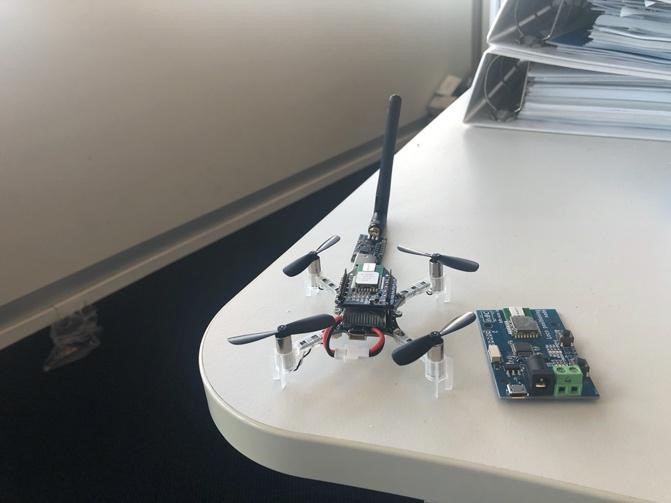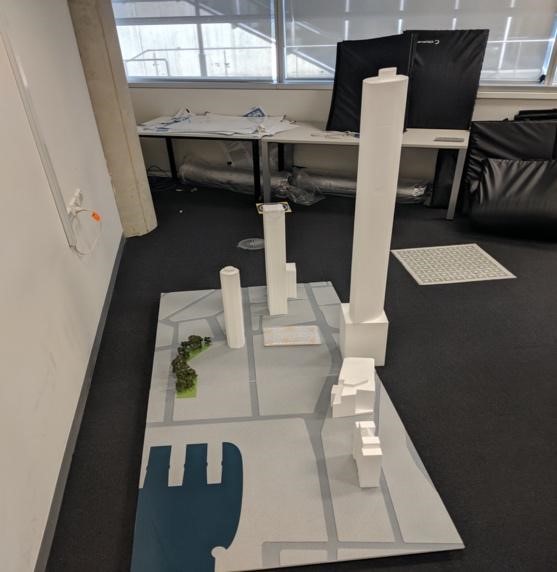Smart Campus Development using Internet of Things
The aim of this project is to transform the University of Sydney campus into a smart campus through the development of an IoT testbed that is funded by the ARC LIEF Grant. This testbed is expected to enhance the convenience and efficiency of IoT services in a smart campus. The expected outcome is the elevated student experience through better space utilization, customized service offerings, and energy utilization (e.g., lighting and air conditioning).
The proposed IoT testbed has two components: a) monitoring – passive and active, b) actuation. All study results will be reported in the aggregate form, e.g., aggregated statistics or will be encrypted anonymously; no individual participants will be identified. We are deploying a range of IoT devices including motion detectors, indoor/outdoor context sensors (temperature, air quality, sound, and humidity), thermal cameras, and energy monitoring power sockets in selected key locations within the School of Computer Science at the University of Sydney. The collected data will be analyzed to understand the utilization of monitored spaces and student activities. New models will be developed to better utilize the resources and energy for the benefit of the university. The passive monitoring sensors used in the testbed are described below:
1. Thermal cameras: We are installing thermal cameras at key locations in the university to collect contextual information such as activity recognition and crowd counting. This information will be used to provide convenience or to improve the experience in smart offices or campus.
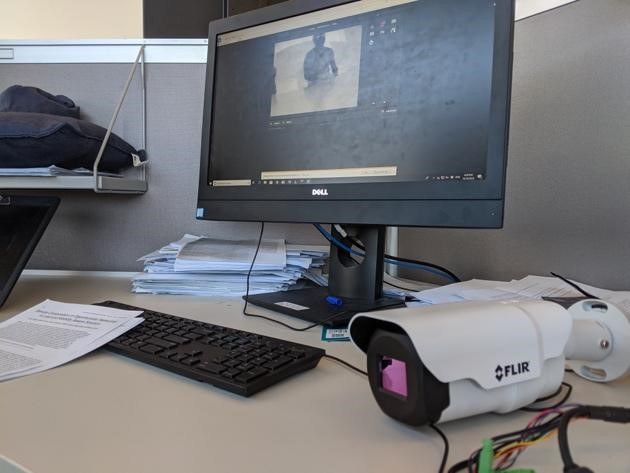
2. Indoor and outdoor context Sensors: We are installing context sensors at different locations in the university to collect indoor and outdoor environmental data including humidity, air quality, noise level, and temperature. We plan to use this information to improve the environmental health of the campus.
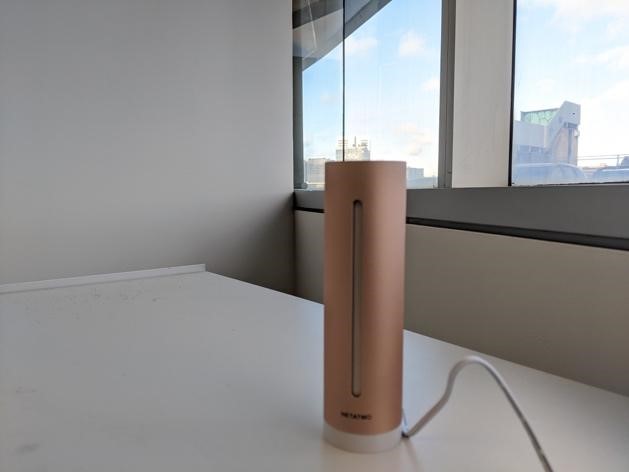
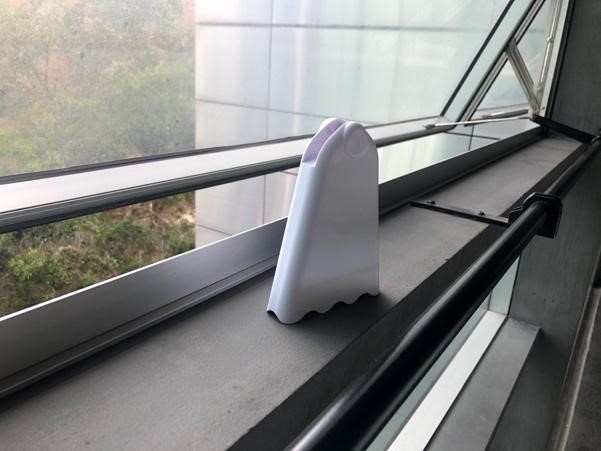
3. Motion detectors: We are installing motion detector at classrooms, office spaces, and food courts in the university. The sensor data is used to detect whether a human has moved in or out of the sensors range. This information will be used to detect the accurate movement of the students and staffs in a smart campus. This will provide a good opportunity to recommend appropriate services to the students/staffs based on their movement in the surrounding areas.

4. Smart Plug: We are installing smart plugs at office spaces, kitchen areas and computer labs in the university to collect power usage data. We will use this information to track real-time and historical energy usage of the electronic devices. Energy usage of each device can be analyzed which may can enable green computing in the smart campus.
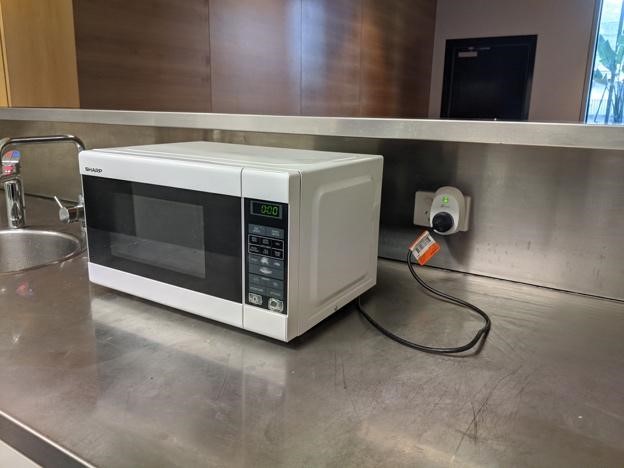
In the active monitoring component, domestic students will be recruited and asked to carry smartphones (Samsung Galaxy J7Pro) and wearables such as Fitbits. We will collect data such as trajectories from the daily commute of students, smartphone usage, battery consumption, and health related information, e.g., duration of physical activities, calories, and steps. A mobile app installed on the provided smartphones will monitor the information and periodically upload them to a secure server located in the University of Sydney. The objective of active monitoring is to create dynamic services which are convenient and efficient for students.
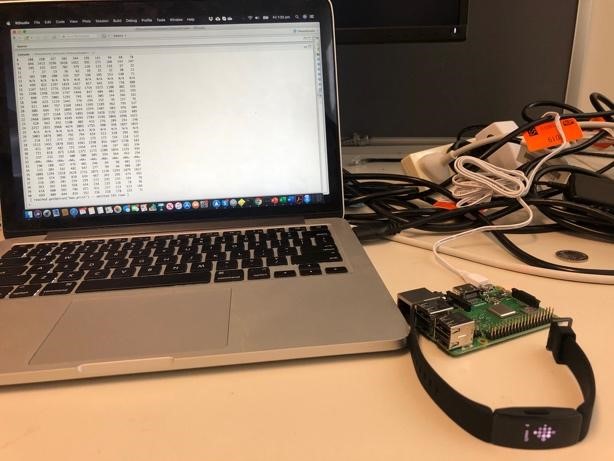
We plan to analyze the interdependence between sensing and actuation among IoT devices using drones. Drones are usually equipped with multiple sensors such as GPS, thermal and video cameras. The development of a drone-based service framework will enable the creation of a smart city where each drone service can potentially be leveraged either individually or part of a convoy or composed drone service to deliver services in a skyway network. There are a large number of additional applications, which would potentially benefit from the proposed research including emergency response in natural disasters, agriculture, city planning and inspection, rescue and surveillance, safety and policing, environment, to name a few.
We are building an indoor drone testbed in the University of Sydney for conducting research on emerging applications. The indoor testbed will have 10 tiny drones, e.g., crazyflie, wireless charging pads, HTC vive base stations, indoor location position nodes and 3D printed model of the city of Sydney. The tiny drones (27gram, 9cm wide) are programmable, can fly autonomously and are equipped with location positioning systems, laser sensors and wireless charging systems. The roofs of buildings in the 3D printed model are considered to be the possible recharging or delivery stations for the drones. Special fans will emulate the outside weather condition in the indoor testbed.
